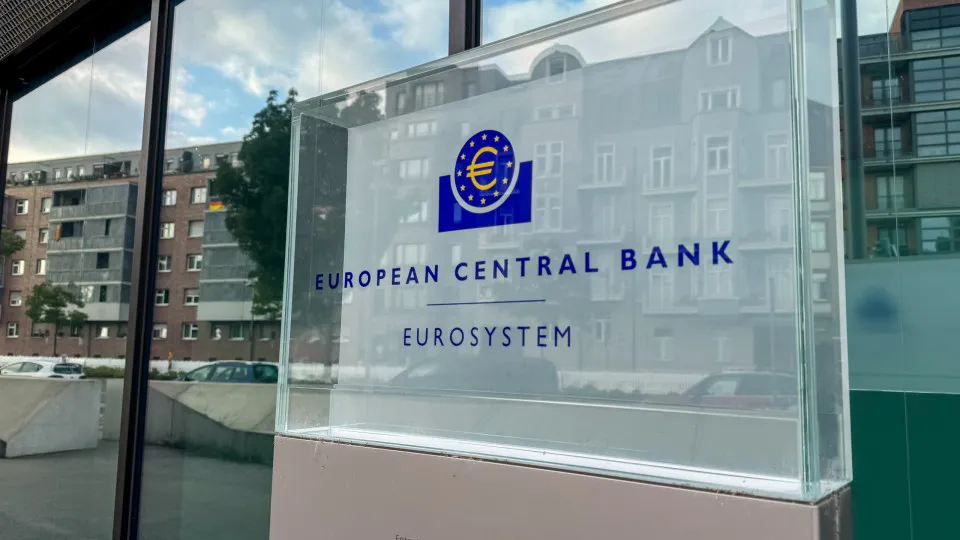
The European Central Bank (ECB) is expected to maintain its key interest rates this Thursday for the third consecutive monetary policy meeting, attributed to controlled inflation, as the institution’s president refrains from addressing the French situation.
“At this time, we are in a good position and well-prepared to face future shocks,” said Christine Lagarde in mid-October during the annual International Monetary Fund (IMF) meeting in Washington.
This is the message anticipated by the markets: no surprises, no change in direction.
Almost all observers expect the ECB to hold the deposit rate, which serves as a benchmark, at 2.0%, as it has since July.
This renders “the ECB meeting quite dull: a moment of follow-up rather than action, with prudent comments on growth and inflation,” explains Michel Martinez, chief economist for Europe at Société Générale.
On the economic front, the ECB can somewhat breathe a sigh of relief.
Despite the still heavy geopolitical climate, with the ongoing Russian invasion of Ukraine, “the ECB is currently operating in a relatively comfortable economic context,” explains Felix Schmidt, economist at Berenberg.
After two years of successive rate cuts, the ECB benefits from inflation that has fallen from 10.6% in 2022, in the context of rising energy prices linked to the war in Ukraine, to values close to 2% in recent months, near the institution’s target.
The scenario where the ECB anticipates the indicator to drop to 1.7% in 2026 remains valid, according to observers.
However, in terms of economic growth, the outlook is gloomier.
The figures expected for the eurozone on Thursday are likely to show “virtually zero Gross Domestic Product (GDP) growth in the third quarter,” undermined by “tariff shocks” particularly affecting Ireland, a country heavily exporting to the United States, and “political uncertainty in France, stifling demand” and delaying investment decisions, according to Martinez.
In Germany, the stalled powerhouse of the eurozone, the recovery plan voted by Friedrich Merz’s government “will only impact growth and inflation from 2026,” adds the economist.
However, the ECB counts on the resilience of the labor market and the strength of services to support activity in the coming months.
For now, the central bank still forecasts growth of 1.2% in the eurozone in 2025, 1.0% in 2026, and 1.3% in 2027.
Though the moment calls for patience, the key issue remains future easing.
“The ECB’s rate-cutting cycle is not necessarily over,” warns Ulrike Kastens, chief economist at DWS.
The monetary status quo could last a few more months before a downturn expected “in March 2026” by Martinez when inflation is projected to drop significantly below 2%, driven by the delayed decline in energy prices and the euro’s strength.
Attention will also turn to Paris.
Amidst political balancing acts, budgetary uncertainty, and debt tensions, the gap between French and German debt interest rates, which serves as a reference, has reached its highest level in several years.
Lagarde “is expected to avoid commenting on the individual case of France,” Martinez believes, to steer clear of any speculation towards market intervention, despite heated debates in Paris.
Nevertheless, without entirely dodging media inquiries, the former French Economy Minister is expected to “express confidence that policymakers will attempt to minimize uncertainty as much as possible and adhere to their budgetary commitments with Europe,” it concludes.




